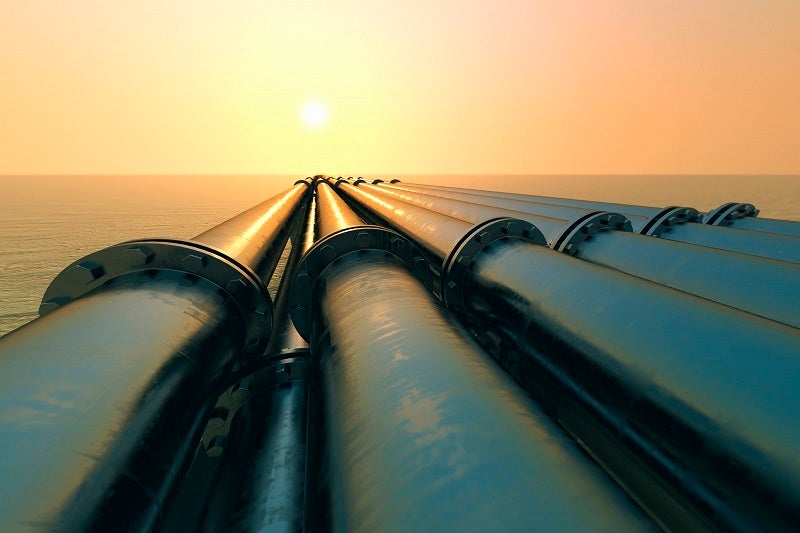
Iran is expected to lead the way with new-build oil and gas trunk and transmission pipeline additions in the Middle East during the next three years.
Research by business intelligence firm GlobalData indicates the country will contribute 43% of the region’s planned and announced pipeline construction between 2020 and 2023, comprising a total of 7,496 kilometres (km).
GlobalData oil and gas analyst Adithya Rekha said: “A total of 18 new-build pipelines are expected to start operations in Iran by 2023.
“Iranian Gas Trunk line–IGAT IX is the longest upcoming pipeline in the country with a length of 1,863km.
“It is a natural gas pipeline that is expected to start operations in 2022. National Iranian Gas owns a 100% equity stake in the pipeline and will also be its operator.”
Iran oil and gas pipeline additions will cater to the country’s vast reserves
Iran holds the world’s fourth-largest oil reserves and second-largest gas reserves, according to US government figures. As of January 2018, it possessed crude oil reserves totalling 157 billion barrels, which is almost 10% of global supply and 13% of the reserves accounted for by Opec.
In November, Tehran announced a 53-bilion barrel crude oil discovery in the south-west region of Khuzestan — dubbed Namavaran — which senior government ministers claimed as the country’s second-largest known oil deposit after the 65-billion barrel Ahvaz site.
However, strict economic sanctions imposed by the US after the Trump administration pulled out of an international nuclear de-escalation pact in 2015 have limited Iran’s ability to trade its oil and gas resources globally.
As tensions continue to simmer between the two nations, there is plenty of attention being paid to the stability of the region’s oil markets.
Iraq and Saudi Arabia will also add significant pipeline extensions
Neighbouring Iraq is expected to be the second-highest contributor to the Middle East’s new oil and gas pipeline additions by 2023 — with 3,775km expected by the end of the period.
Of this addition, 3,375km will be from planned projects, while the remaining 400km will be from early-stage announced projects.
The Basra–Aqaba Gas pipeline will be the lengthiest addition to the country’s trunk and transmission infrastructure, extending around 1,700 km to connect the Iraqi city of Basra to Jordan’s Port of Aqaba.
The onshore natural gas pipeline is expected to commence operations in 2021.
In Saudi Arabia, oil and gas pipeline additions are expected to total 1,825km by 2023 from nine projects.
The biggest of the Saudi pipeline extensions will be Haradh-Hawiyah Gas – an onshore natural gas network stretching 450km across the country.






